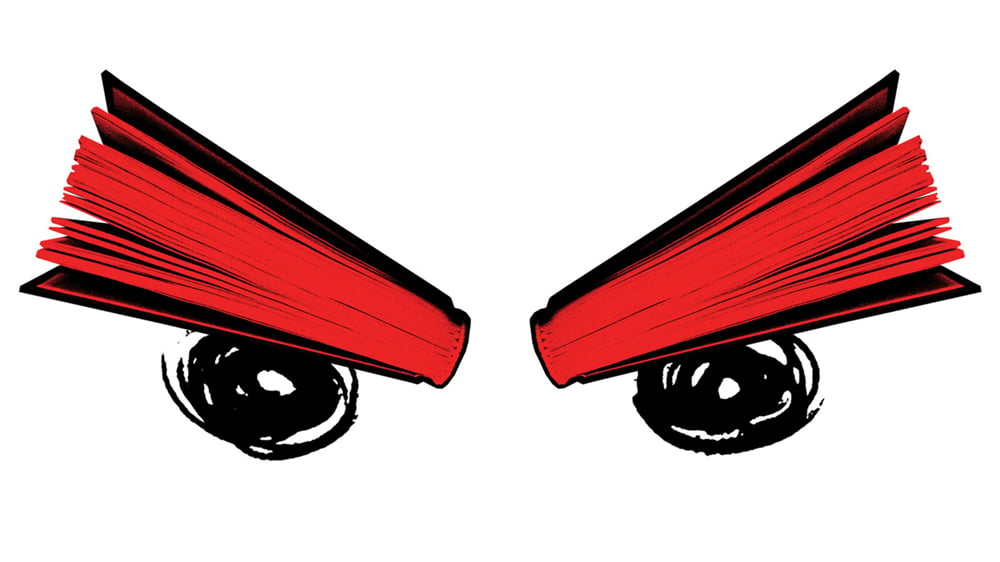If you sell high-ticket, business-to-business goods and services in the U.S., then you know how it feels to receive a cold RFP. That sinking feeling in your gut, knowing that it was a surprise to you, but probably not to your more-prepared competitor.
The anguish knowing that you’ll invest 10s to 100s of hours responding, and at the bid opening, you may come up short. The knowledge that you could have known it was coming in time to formulate a winning bid strategy and team rather than rushing to respond at the last minute.
This is particularly true for organizations serving civil infrastructure and utility organizations, which are often legally bound to go out for bid on most projects above a minimal (think $50,000) value. In this blog, I’ll empathize with your plight as a cold-RFP receiver and shine light on a different way.

If you receive a cold invitation to bid on an RFP, it is a sign, at least, that the organization knows that you are in the market. Your marketers and account executives have got you on the list. Or perhaps you subscribe to a bid alert service, and you ‘chase’ those bids that are reported.
So why do you look at that monster document and feel despair? The reasons are many.
High Opportunity Cost. If you are a services firm, every hour your team works on the RFP response is an hour not billed to a client or invested in a client relationship. Depending on the RFP complexity, the investment can be very substantial.
Potential Humiliation. You are an expert B2B salesperson, with great customer relationships, right? Then why, your boss asks, didn’t you know this was coming? He/she reluctantly agreed for you and your team to make the investments and pursue the deal.
Crapshoot, Part 1. You’ve decided to bid. Now, like rolling 2, 3, or 12 on the Come Out roll, you will most likely lose. If you bid too high, you lose. If you don't have the scope interpretation to compete with an incumbent who does have that knowledge, you lose. If the RFP is already pre-programmed, you're not only wasting your time, you also lose.
Giving up the High Ground. Although you are bidding, you’ve already missed a tremendous opportunity. That opportunity was to get an understanding of a site or project in a direct communication forum and influence the bid requirements in a legitimate and helpful manner, by pointing out the design features and the implementation efficiencies that could have benefited the customer. This is particularly true for product vendors, whether they are durable goods or software, where the small differentiators matter. Now, with the requirements set and the customer’s bid checklist prepared, you have little hope to differentiate on anything other than price.
Crapshoot, Part 2. If you bid too low, you “win,” but the cost may be excessive if you bought the work and left a lot of money on the table, relative to the #2 bidder. If you win, it may be a pyrrhic victory with slimmer-than-necessary margins.
If you are reading this, you can certainly recount your own personal horror stories. The $25,000,000 bids lost by a $50,000 margin (0.2%). The bid where you invested $25,000 in staff time pursuing that was never awarded. The bid that gets passed up for an incumbent who knows the company. The subcontractor choice that dragged-down the whole RFP response, or the time you subcontracted exclusively to the losing prime.
All is not lost, however, and there is a better way.
At this point, you are probably feeling the pain. You know in your gut that it isn't a good situation, and that it can be better and different.
RFPs aren't the problem, cold RFPs are. We help you get involved with projects earlier, so that the inevitable RFPs aren't cold.
In our next blog, we will share some of that insight with you.
Disclaimer
None of the information we provide may be taken as legal advice. Please consult an attorney if you require a legal interpretation of this information.
Any information contained on this website or within any attachments is offered without representation or warranty as to its accuracy or completeness and FirmoGraphs, LLC cannot be held responsible for loss or damage caused by errors, omission, misprints or your misinterpretation of such information. Seek competent professional advice prior to relying on or utilizing such information in any manner as any such use is at your own risk.


